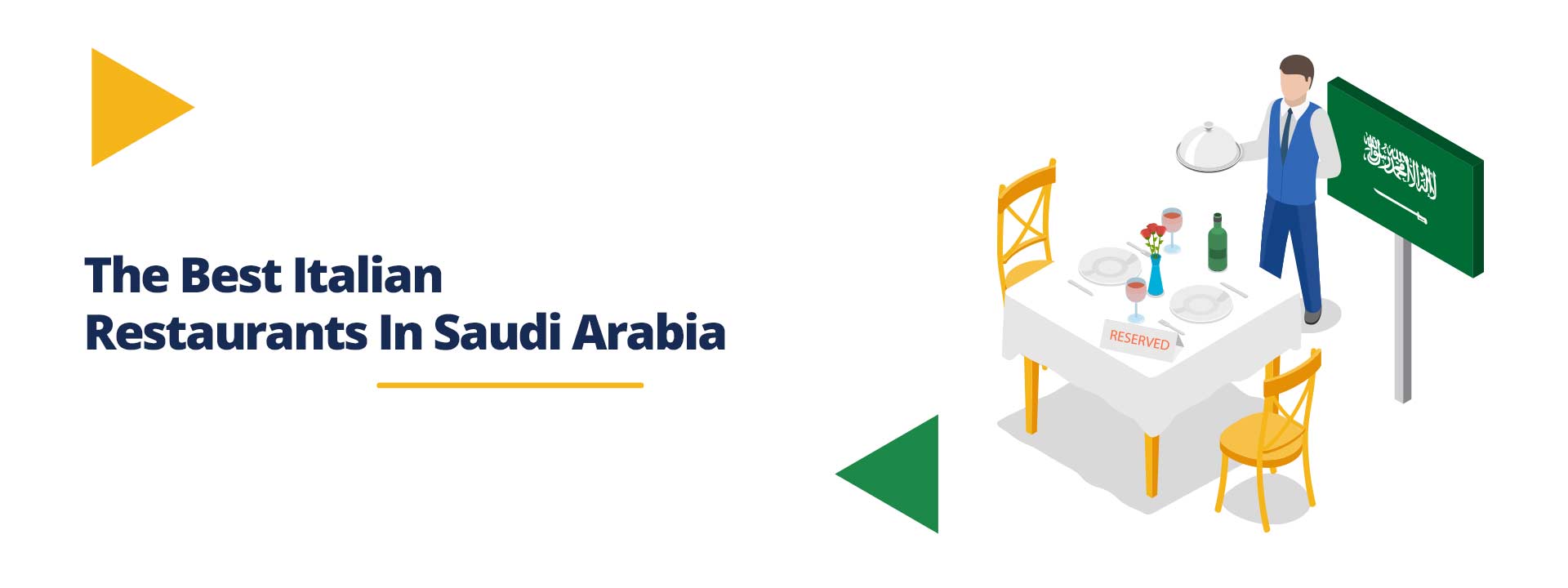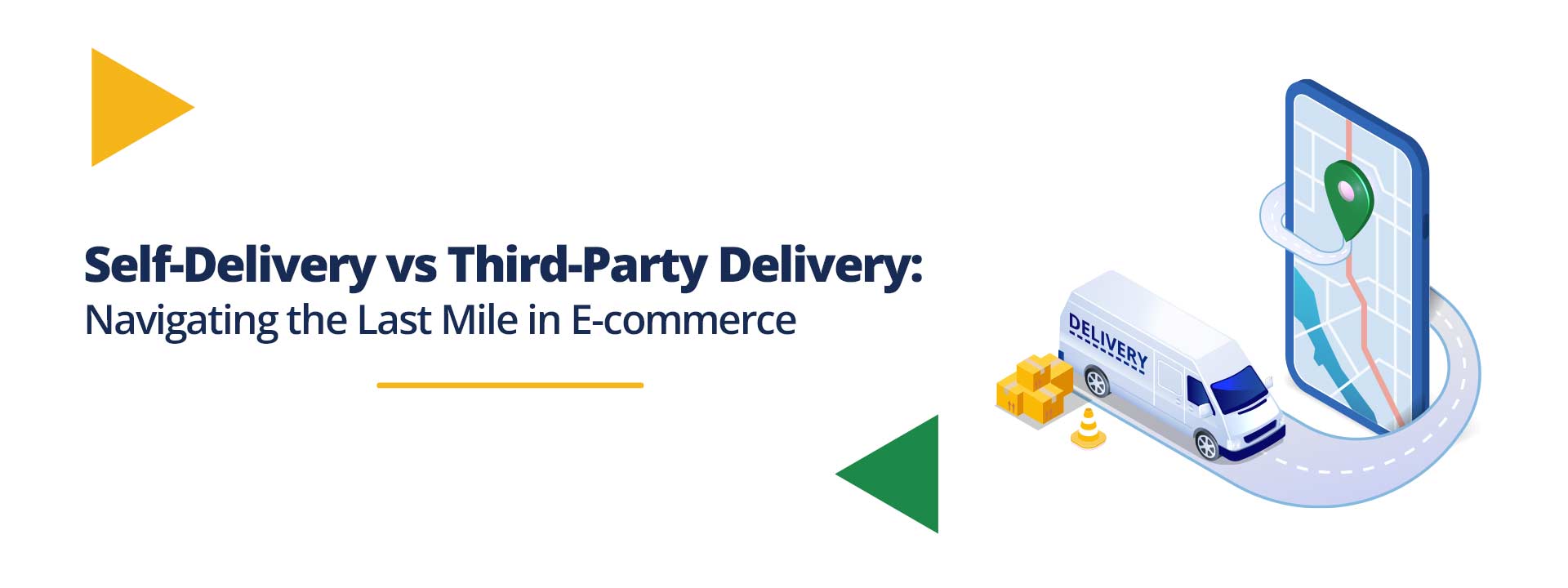However, managing a cloud kitchen successfully requires a lot of extra work, and managers face many challenges and obstacles in their functions. This article will discuss the major challenges faced by cloud kitchens and restaurants and will suggest market-tested solutions to these issues.

The latest trend in the Food and Beverage industry is door-step delivery, and the rise in food delivery services in the form of cloud kitchens, which are also commonly known as ghost restaurants, virtual kitchens, or delivery-only restaurants. According to a study, by 2025 the online food delivery market will be worth $200 Billion. Owing to this trend, many entrepreneurs and restaurateurs have started their own cloud kitchens and food delivery services, in order to benefit from the multiple advantages that the market offers.
- Improper Structure of Operations
Since the service is virtual in nature, the biggest mistake that managers make is to ignore SOPs that would otherwise be implemented in a typical dine-in restaurant. Managers and bosses often complain that it is not possible to manage or monitor the staff in the same way as it is in a traditional restaurant. While it is possible to keep a check on the chefs, management and kitchen staff, it is much more difficult to monitor the work of delivery personnel. It is estimated that more than 37.6% of virtual restaurants end up being impacted by mismanaged order processes and delayed or missed deliveries as a result of a lack of managerial strategy.
Solution: When managing a virtual platform, it is most preferable to centralize the operations into a single place. This makes it easy to keep track of all operations in a more streamlined manner. The best option is to invest in software that can customize its features to match your exact business needs.
Many cloud kitchens use Delivery Management Systems to make their managerial operations more aligned. These software help them to monitor their drivers’ performance, finances, order journeys, and customer feedback and requirements altogether. This helps automate the management of the cloud kitchen.
- Technological Costs
One of the biggest challenges faced by cloud kitchens is that real-estate costs are replaced by technological costs. A cloud kitchen can not function properly if there is a compromise on technological features such as delivery network, logistics support, order tracking, customer applications, and such. Maintaining and investing in these different features is expensive.
Solutions: It is cost-effective to invest in a single platform that provides all required functions, rather than investing in multiple platforms. Delivery Management Systems such as Shipox, provide a complete solution for customers to manage all operations in a single platform.

It allows you to monitor and assign drivers, and track the order journey through a single drivers application. It also offers route optimization and heat map so that fuel and transportation costs are optimized. You can also have customer notifications managed and save money that is otherwise spent on different methods of communication.
Here, you can learn more about the features that the Shipox Delivery Management System offers for cloud kitchens to save costs.
3. Poor Financial Management
The chances of a cloud kitchen succeeding are significantly low if there is poor financial management. Entrepreneurs must realize that the investment for the startup is not the only finance that they should focus on since the costs of operations are much higher. Since the business is based on deliveries, there is a huge chance of fraud or malpractice by drivers in the management of cash, and there are chances of loss due to wrong or delayed orders, or customer dissatisfaction.
Solutions:
Customers are more than 43% inclined towards placing orders if they are being offered the COD option. Cloud kitchens can use a Delivery Management Software that offers the option for COD management. This will free them of the worry of keeping a record of their payments and the risk of fraud by delivery personnel. The entire collection and management of cash is managed successfully by the software and the DMS
4. Lack of Customer Interaction
Customer complaints and requirements are best catered to in an in-house dining arrangement. When food services are online, there is a lag in communication with customers. This gives rise to complaints and customer dissatisfaction, which consequently results in a lack of clientele and also a bad reputation. Cloud restaurants need to find ways to communicate clearly with their customers so that their requirements and feedbacks are incorporated into their operations.
Solutions:
Cloud kitchens should invest more in the website and applications since those are the main mediums from which to get their orders. Some Delivery Management Systems such as Shipox manage White Label Apps for their customers, which enables them to communicate with customers and also keep them updated with the status of their order. Customers can also track their orders in real-time. These features build customer trust and make them more inclined towards ordering again.
5. Set-backs in the Delivery Process
Cloud kitchens are dependent on the delivery process since all orders are take-aways. A smooth delivery process earns the customer’s loyalty and is necessary to save costs and resources as well. It is a challenge to monitor the performance of delivery personnel and the quality of the journey. Many different mechanisms such as a GPS tracking system, extra management resources, and different costly methods are used to make sure that the deliveries are made as efficiently as possible.
Solutions: Your system should be equipped with a Driver Management App, Real-time Tracking, Route Optimization, and a Heat Map for your deliveries to become as smooth as possible. The auto allocation of drivers, the constant check on their performance, and automated guidance of the best routes to take will ensure that the delivery process is time and cost effective. Such automated deliveries are important for customer satisfaction. It can also help to increase the rate of first day delivery success.
You can learn everything about the Shipox Driver Application here.
6. Inadequate Hygiene and Working Conditions
With the relaxation of policing and monitoring by authorities in cloud kitchens, hygiene becomes a less prioritized factor. Customers are unable to see the actual conditions of the kitchen and workers, because of which some cloud restaurants decide to compromise on the quality of cleanliness and hygiene. This helps save costs and effort. However, poor hygiene starts to show and reflect in the quality of the food, and several cloud kitchens have been subject to legal notices due to the poor quality of their food.
Solutions:
Over 63% of customers have been reported to view hygiene as an important factor of the food delivery process. Hygiene must be maintained by ensuring that the staff is wearing protective gear, and the working and storage space is routinely cleaned and free of contamination. Delivery personnel and items must also be checked for meeting these requirements. This can be ensured by appointing a manager that looks over this department, and installation of cameras in order to keep a check on the operations.
Shipox is a data-driven Delivery Management Software that enables its users across a multitude of diverse industries to avail market competitive features and customer support in order to automate and perfect their delivery process. Shipox users are able to increase the efficiency of their delivery process, optimize their costs effectively, and enhance their customer experiences. To learn more, you can sign up for a quick demo here.




